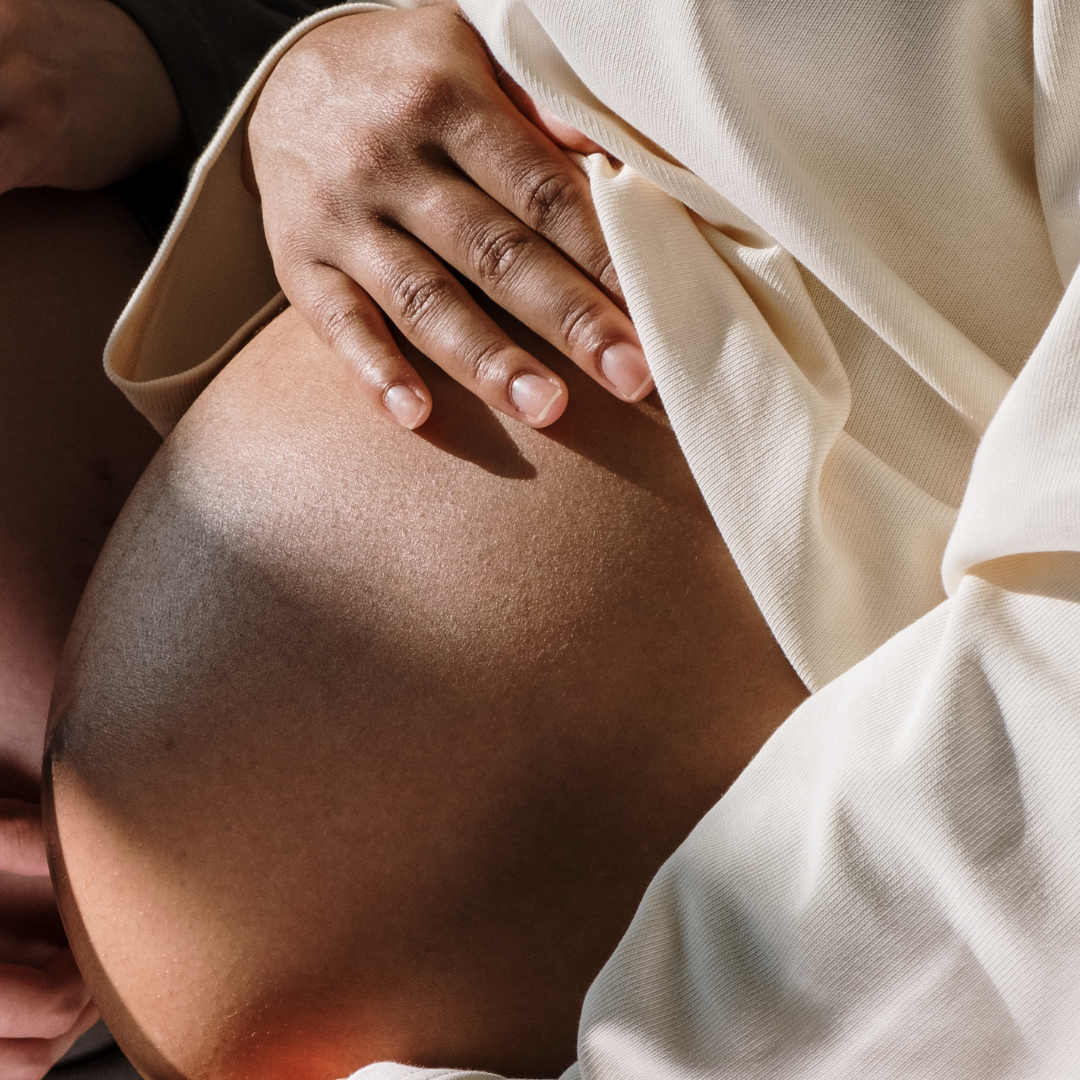Ayurveda for Pain Relief: Natural Techniques to Find Comfort and Healing

In today's fast-paced world, many individuals experience various types of pain, ranging from occasional discomfort to chronic conditions. While modern medicine offers effective solutions, some people seek alternative approaches that focus on holistic well-being. Ayurveda, an ancient Indian system of medicine, provides a comprehensive framework for healing and pain relief. In this blog post, we will explore how Ayurvedic techniques, such as using essential oils, applying heat or cold, and practicing yoga, can be valuable tools for alleviating pain and promoting overall wellness.
Understanding Ayurveda: A Holistic Approach to Pain Relief
Ayurveda views pain as an imbalance in the body and mind, resulting from factors such as stress, poor lifestyle choices, and dietary habits. It emphasizes restoring harmony through a personalized approach that takes into account an individual's unique constitution (dosha). Identifying your dosha and understanding its influence on your well-being is key to finding effective pain relief strategies.
Harnessing the Power of Essential Oils:
Eucalyptus oil: Known for its anti-inflammatory and analgesic properties, eucalyptus oil can be used topically to alleviate joint and muscle pain. Dilute it with a carrier oil, such as coconut or sesame oil, and massage it gently into the affected area.
Lavender oil: With its calming and soothing qualities, lavender oil can help relieve headaches, migraines, and general stress-related discomfort. Apply a few drops to your temples or use it in aromatherapy to promote relaxation.
The Therapeutic Effects of Heat and Cold:
Heat therapy (Ushna): Applying heat to the affected area can increase blood circulation, relax tense muscles, and provide relief from chronic pain conditions such as arthritis. Use hot packs, warm towels, or take a warm bath to ease your discomfort.
Cold therapy (Sheeta): Cold compresses or ice packs can be beneficial for acute injuries, reducing inflammation, and numbing the affected area. Wrap ice in a cloth and apply it to the affected area for short intervals, taking care not to leave it on for too long to avoid skin damage.
Yoga and Gentle Movement:
Gentle stretches: Incorporate gentle stretching exercises into your daily routine to improve flexibility, increase blood flow, and reduce muscle tension. Yoga poses like Child's Pose (Balasana), Cat-Cow (Marjaryasana-Bitilasana), and Corpse Pose (Savasana) can be particularly beneficial.
Pranayama: Deep breathing exercises, such as Alternate Nostril Breathing (Nadi Shodhana) and Deep Belly Breathing (Diaphragmatic breathing), can help calm the mind, relax the body, and alleviate pain associated with stress or tension.
Dietary Considerations:
Anti-inflammatory foods: Incorporate foods rich in omega-3 fatty acids, such as fatty fish, flaxseeds, and walnuts, into your diet to reduce inflammation and ease pain. Turmeric, ginger, and green leafy vegetables are also known for their anti-inflammatory properties.
Hydration: Drinking an adequate amount of water throughout the day helps maintain joint lubrication and supports the body's natural healing processes.
Conclusion:
Ayurveda offers a holistic approach to pain relief that focuses on restoring balance in the body and mind. By incorporating Ayurvedic techniques into your lifestyle, such as using essential oils, applying heat or cold therapy, practicing yoga, and making dietary adjustments, you can enhance your overall well-being and find natural relief from pain. Remember to consult an Ayurvedic practitioner or healthcare professional before making any significant changes to your routine, especially if you have underlying medical conditions. Embrace the wisdom of Ayurveda and embark on a journey toward a pain-free and vibrant life.
Disclaimer: This blog post is for informational purposes only and should not replace professional medical advice. Consult a healthcare professional or Ayurvedic practitioner before trying any new therapies or treatments.



